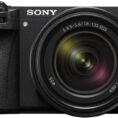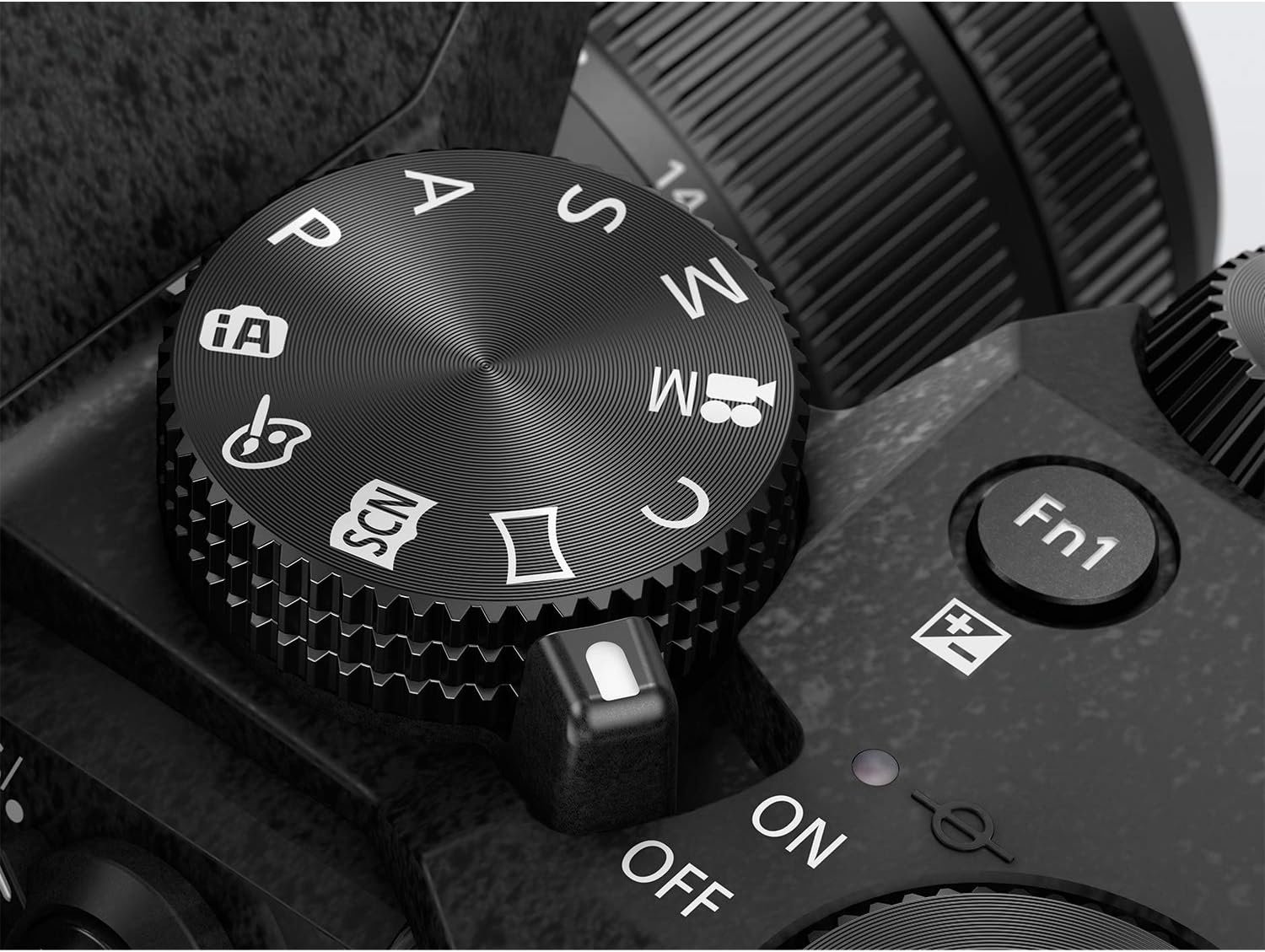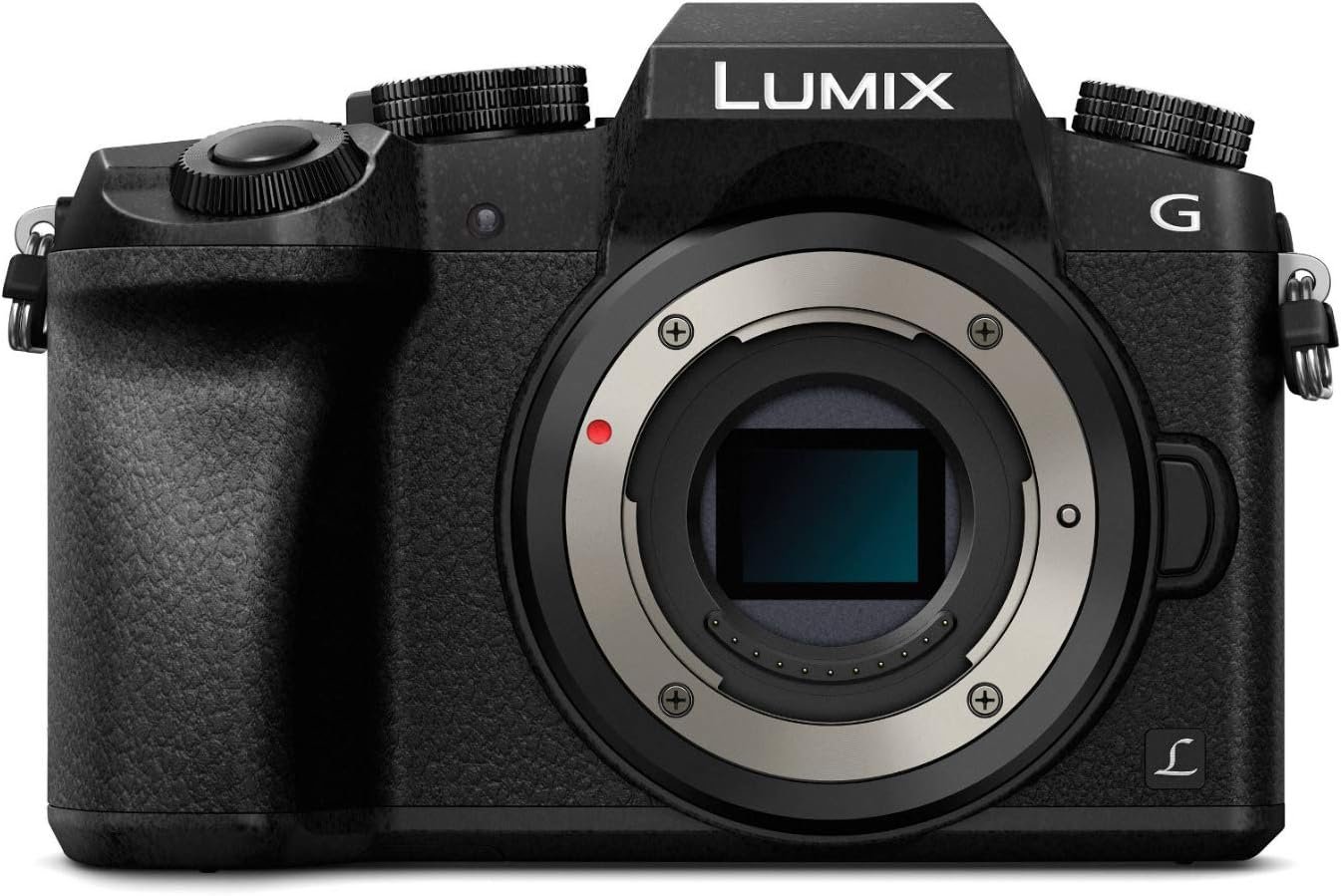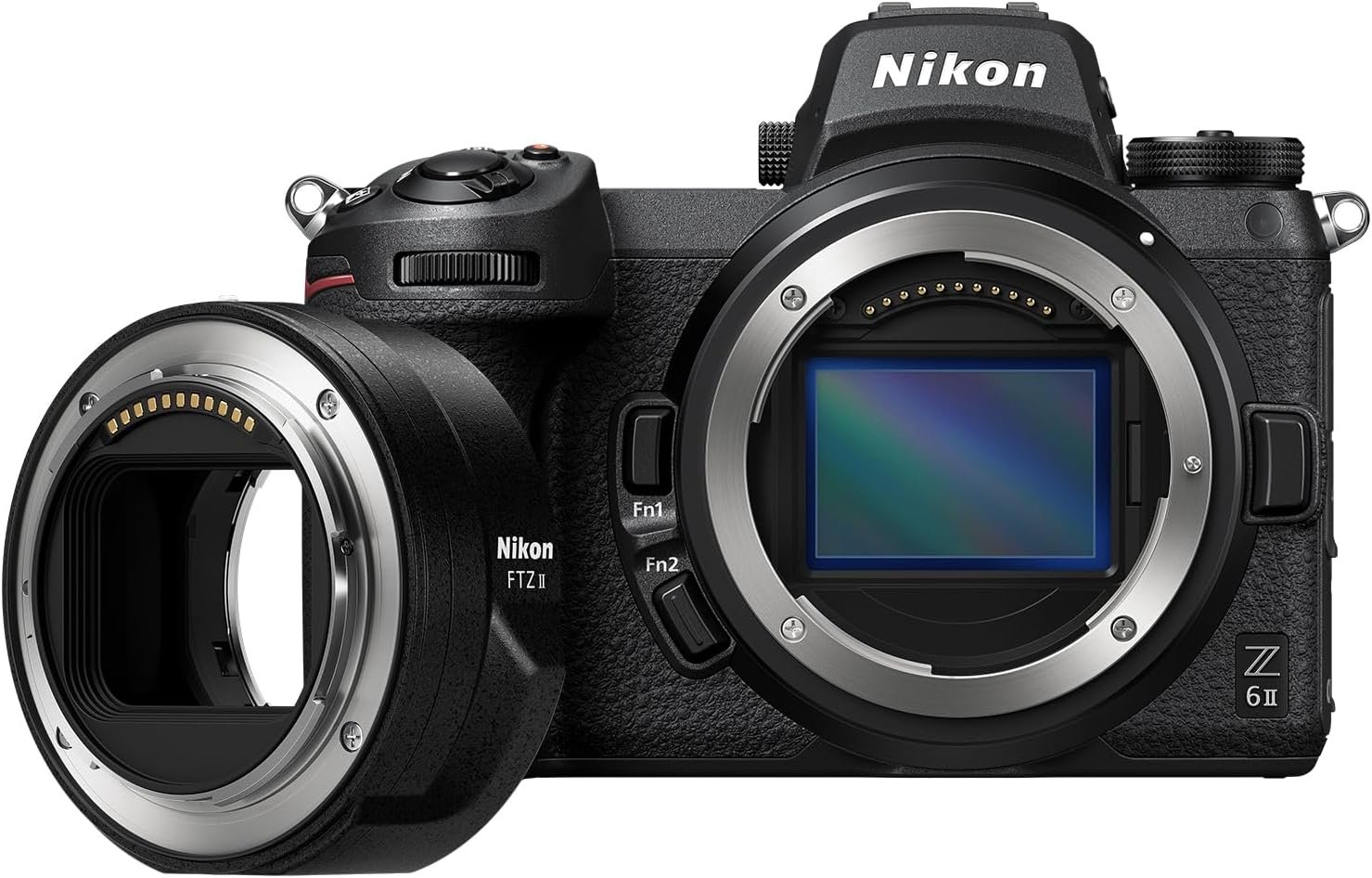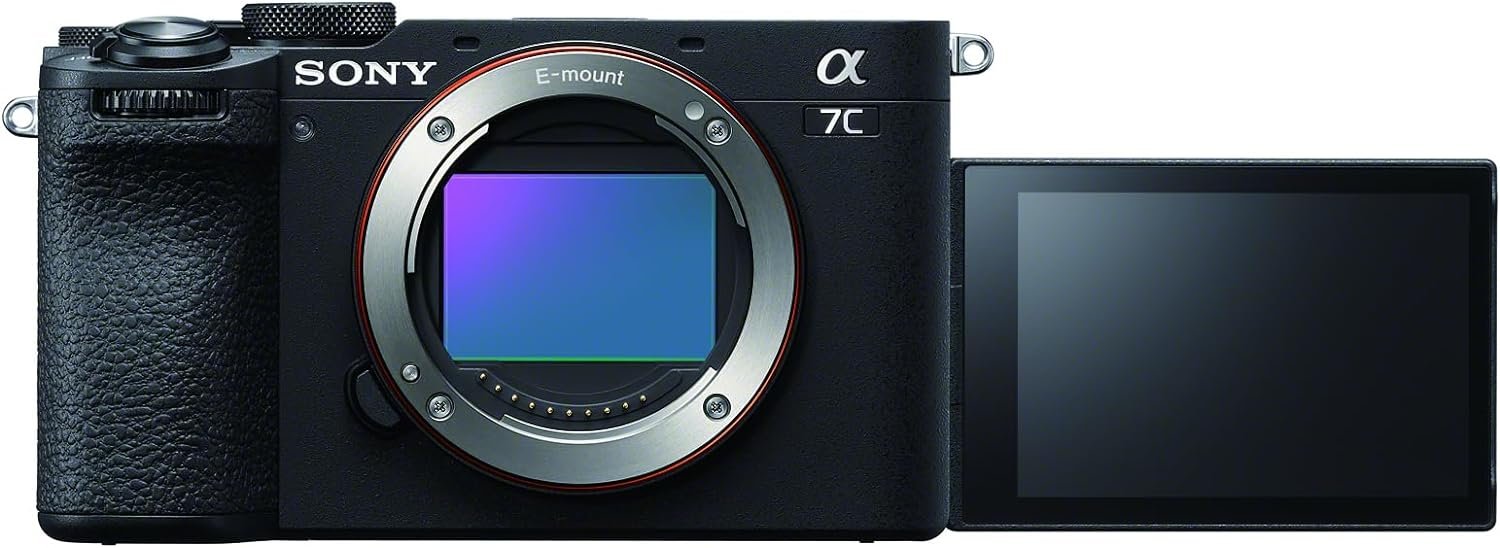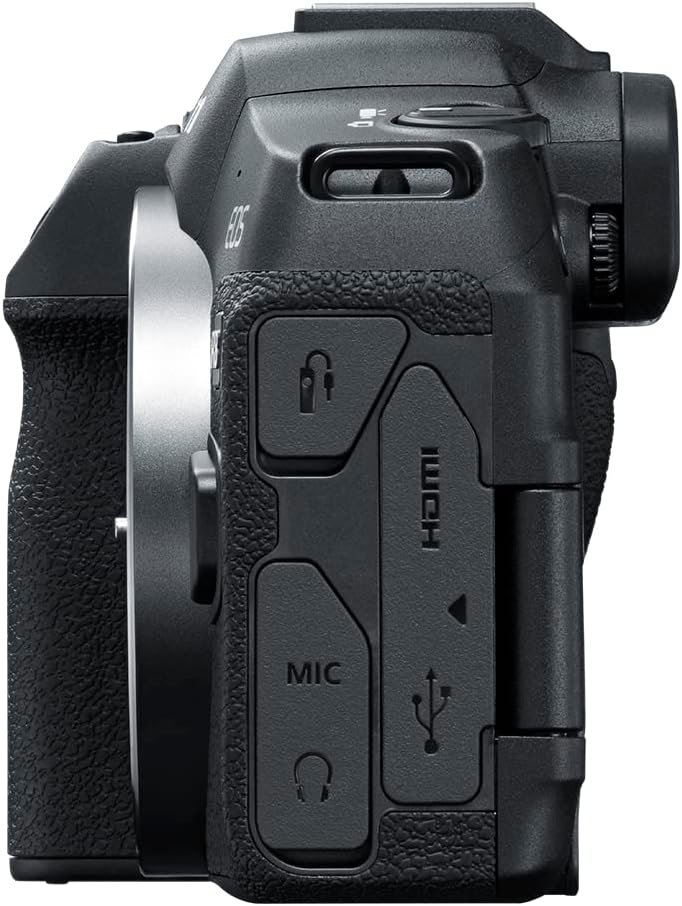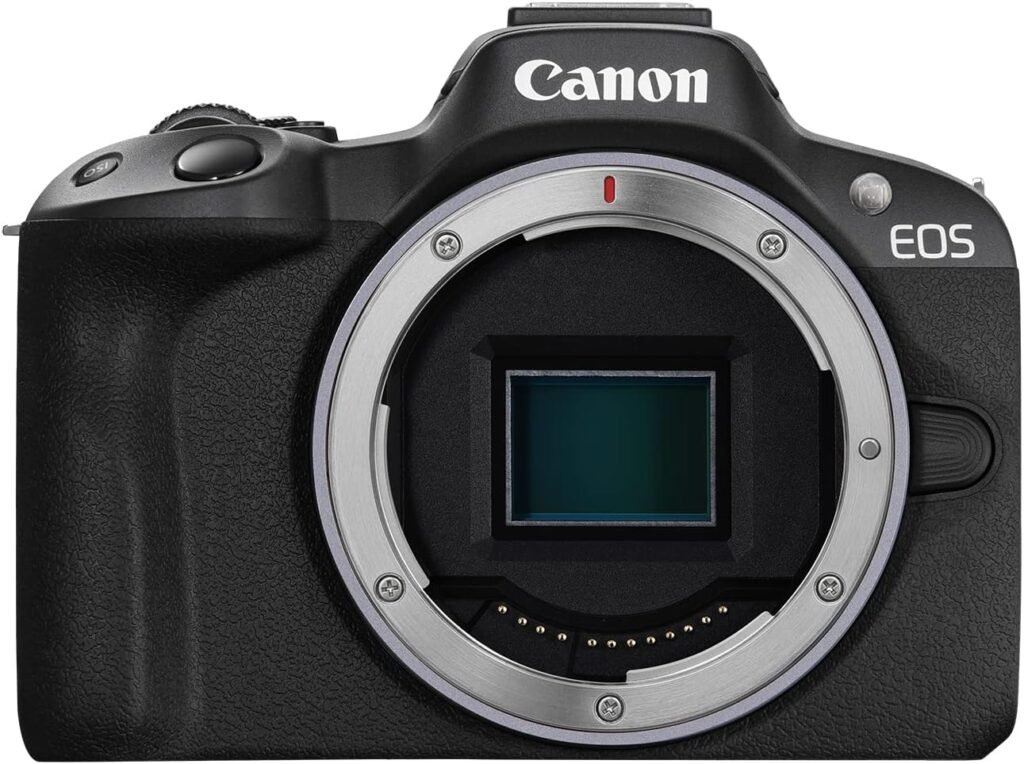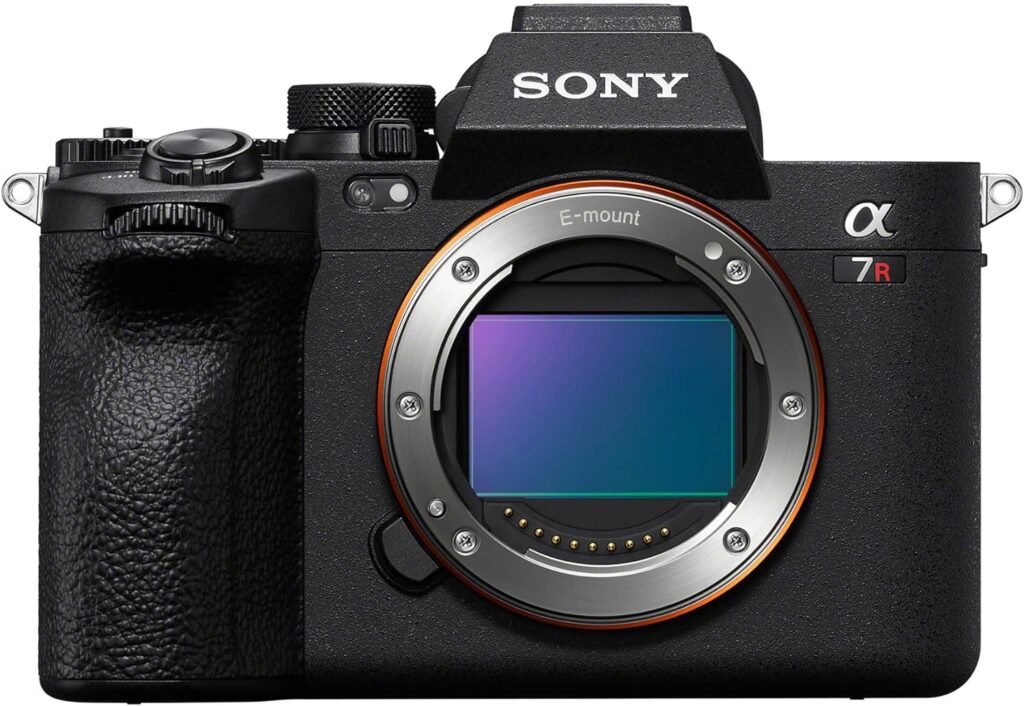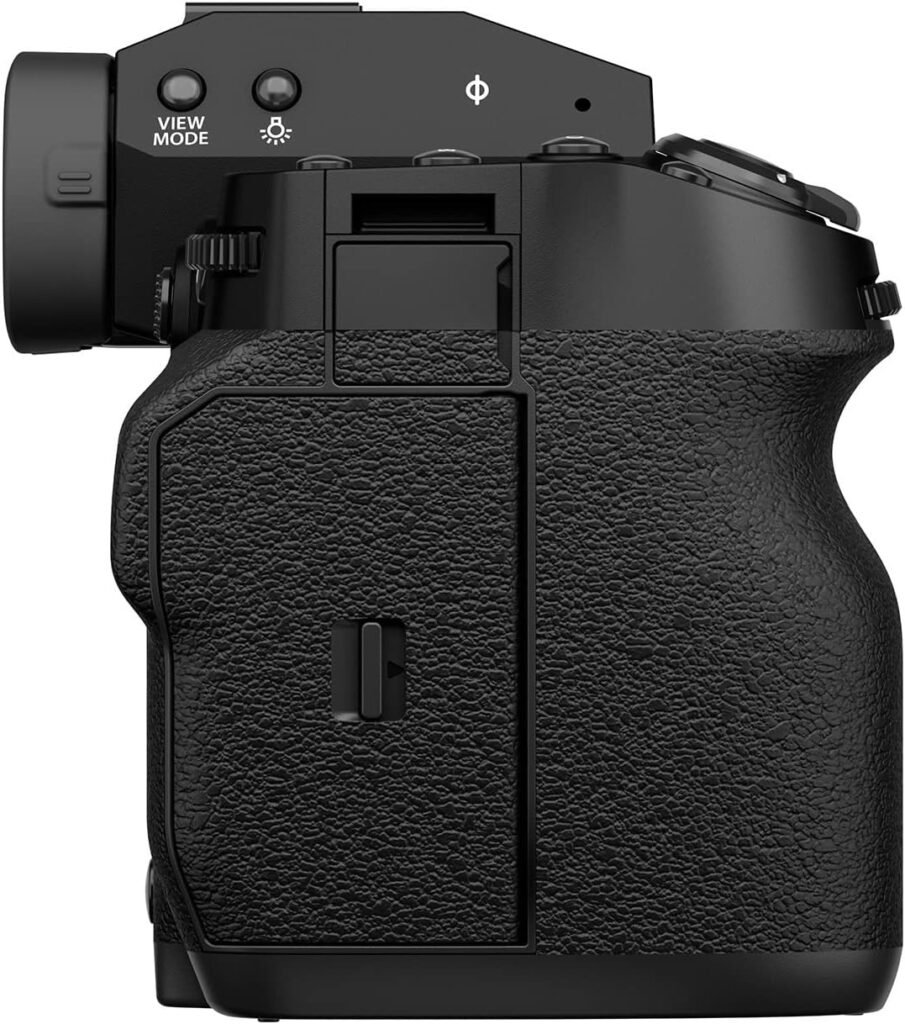Welcome to the world of photography! In this article, you will learn about the key differences between optical zoom and digital zoom. Optical zoom involves adjusting the physical lens of the camera to zoom in on your subject, while digital zoom uses software to magnify an image. Understanding the distinction between these two types of zoom will help you capture crisp and detailed photos. Let’s dive in and explore the world of zoom photography together! Have you ever wondered about the difference between optical zoom and digital zoom when it comes to cameras and smartphone photography? This article will break down the distinctions between the two, helping you make informed decisions when capturing your favorite moments.
Optical Zoom
Optical zoom refers to the physical adjustments made to the camera lens to bring the subject closer without sacrificing image quality. This means that when you use optical zoom, the lens is actually extending to magnify the image optically, providing a clear and sharp zoomed-in photo.
Optical zoom is the preferred choice for professional photographers and photography enthusiasts because it maintains the image quality even when zoomed in. Unlike digital zoom, which simply crops and enlarges a portion of the existing image, optical zoom captures extra detail by physically moving the lens closer to the subject.
How Does Optical Zoom Work?
When you adjust the zoom on your camera to get closer to a subject optically, the lens moves within the camera body to adjust the focal length. This allows you to get a closer look at your subject while still maintaining the same image quality. The optics of the lens are designed to bend and focus light rays onto the camera sensor, resulting in a clear and detailed image.
Without degrading the quality of the image, optical zoom magnifies the subject while preserving the sharpness and clarity of the details. This makes optical zoom ideal for capturing distant subjects, such as wildlife or sports events, without sacrificing the quality of the final image.
Digital Zoom
Digital zoom, on the other hand, works by cropping and enlarging a portion of the existing image. When you use digital zoom, the camera’s software digitally magnifies the pixels in the frame, creating the illusion of getting closer to the subject. However, this comes at the cost of image quality, as digital zoom can result in pixelation and loss of detail.
Although digital zoom can make the subject appear larger in the frame, the process of digitally zooming in reduces the resolution and can lead to a decrease in image quality. This is because the camera is essentially enlarging the existing pixels, which can result in a loss of clarity and sharpness in the final image.
How Does Digital Zoom Work?
When you engage digital zoom on your camera, the software analyzes the existing image and enlarges a portion of it to make the subject appear closer. Since digital zoom does not involve any physical movement of the lens, it relies on software algorithms to interpolate the image and create the illusion of magnification.
Digital zoom can be useful in situations where you need to bring the subject closer but do not have the option to physically move closer. However, it is essential to keep in mind that digital zoom can lead to a decrease in image quality, especially when compared to optical zoom, which maintains the sharpness and clarity of the details.

This image is property of pixabay.com.
Optimal Usage Scenarios
Understanding the differences between optical zoom and digital zoom can help you determine which one to use in a specific situation. Here are some optimal usage scenarios for both types of zoom:
Optical Zoom
- Capturing distant subjects: Optical zoom is ideal for taking photos of faraway subjects, such as wildlife or landscapes, while maintaining image quality.
- Macro photography: Optical zoom can be used to get up close and personal with tiny subjects, such as flowers or insects, without losing detail.
- Portraits: Optical zoom can help you frame your subject perfectly without distorting the image or compromising its quality.
Digital Zoom
- Social media posts: If you are looking to post a quick snapshot on social media and do not need high-resolution images, digital zoom can suffice.
- Online sharing: When sharing photos online or via messaging apps, digital zoom can help you crop and edit the image to highlight specific details.
- Casual photography: For everyday snapshots where image quality is not the primary concern, digital zoom can be a convenient option.
Comparing Image Quality
One of the most significant differences between optical zoom and digital zoom is the impact they have on image quality. Let’s compare the image quality produced by both types of zoom:
Optical Zoom Image Quality
- High resolution: Since optical zoom maintains the sharpness and clarity of the details, images captured using optical zoom are high in resolution and quality.
- No pixelation: Optical zoom does not result in pixelated images, as the lens physically moves to bring the subject closer without losing detail.
- Better for prints: Optimal for printing large format images, as the high resolution and clarity of the details are preserved.
Digital Zoom Image Quality
- Pixelation: Digital zoom can lead to pixelation and loss of detail, especially when enlarging the image beyond its original dimensions.
- Lower resolution: Images captured using digital zoom may have lower resolution and reduced image quality due to the software-based enlargement.
- Not suitable for prints: While digital zoom can work well for online sharing, it may not be ideal for printing large format images due to the loss of detail.

This image is property of pixabay.com.
Choosing the Right Zoom Option
When deciding between optical zoom and digital zoom, it is essential to consider your specific photography needs and the quality of the final image. Here are some factors to keep in mind when selecting the right zoom option:
Consider the subject
If you are capturing distant subjects or tiny details that require a high level of clarity and sharpness, optical zoom is the best choice. On the other hand, if you are taking quick snapshots for social media or casual use, digital zoom can be a convenient option.
Think about the final use
If you plan to print and frame your images or display them in large formats, optical zoom is the preferred choice. However, if you are sharing photos online or via messaging apps, digital zoom can be sufficient for everyday use.
Test and compare
To determine which zoom option works best for your photography style, try experimenting with both optical and digital zoom in different scenarios. Take note of the image quality, resolution, and level of detail captured by each zoom type to make an informed decision.
Conclusion
In conclusion, the difference between optical zoom and digital zoom lies in how they magnify the subject and the impact they have on image quality. Optical zoom physically adjusts the lens to bring the subject closer without sacrificing detail, making it ideal for capturing clear and sharp images. In contrast, digital zoom crops and enlarges a portion of the existing image, resulting in a loss of resolution and detail.
By understanding the distinctions between optical zoom and digital zoom, you can make informed decisions when capturing your favorite moments. Whether you are a professional photographer or a casual snap-happy individual, choosing the right zoom option can significantly impact the quality and clarity of your photographs. Next time you reach for your camera or smartphone, consider the differences between optical and digital zoom to ensure you get the best possible shot.

This image is property of pixabay.com.



